Polestar 4 vs Toyota Land Cruiser – Differences & prices compared
Compare performance, boot space, consumption and price in one view.
Find out now: which car is the better choice for you – Polestar 4 or Toyota Land Cruiser?
The Polestar 4 (SUV) comes with a Electric engine and Automatic transmission. In comparison, the Toyota Land Cruiser (Off-Roader) features a Diesel engine with Automatic transmission.
When it comes to boot capacity, the Polestar 4 offers 526 L, while the Toyota Land Cruiser provides 742 L – depending on how much space you need. If you’re looking for more power, decide whether the 544 HP of the Polestar 4 or the 205 HP of the Toyota Land Cruiser suits your needs better.
In terms of consumption, the values are 17.80 kWh per 100 km for the Polestar 4, and 10.30 L for the Toyota Land Cruiser.
Price-wise, the Polestar 4 starts at 53100 £, while the Toyota Land Cruiser is available from 58300 £. Compare all the details and find out which model fits your lifestyle best!
Polestar 4
The Polestar 4 embodies a seamless blend of cutting-edge technology and sophisticated design, establishing itself as a prominent contender in the modern electric vehicle market. Its elegant exterior lines are complemented by an interior that prioritises both luxury and sustainability, offering a serene driving experience. With its focus on innovation, the Polestar 4 continues to push the boundaries of performance, setting a new standard for what an electric car can achieve.
details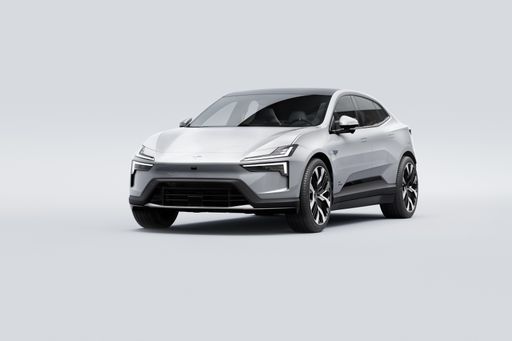 @ media.polestar.com
@ media.polestar.com
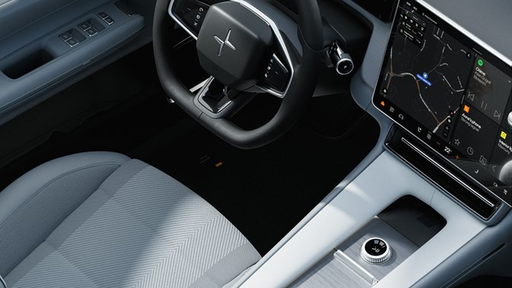 @ media.polestar.com
@ media.polestar.com
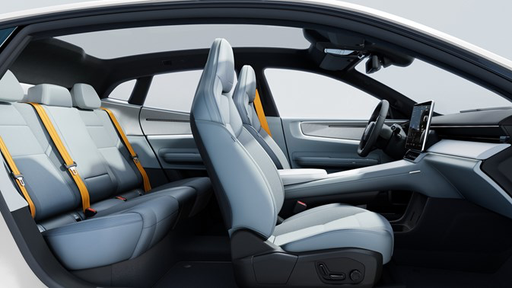 @ media.polestar.com
@ media.polestar.com
Toyota Land Cruiser
The Toyota Land Cruiser is renowned for its robust durability and exceptional off-road capabilities. Its design combines a rugged exterior with a comfortable and functional interior, appealing to both adventure seekers and city drivers. The vehicle's reliability and advanced technology make it a popular choice for those who require a dependable SUV that can handle a variety of terrains with ease.
details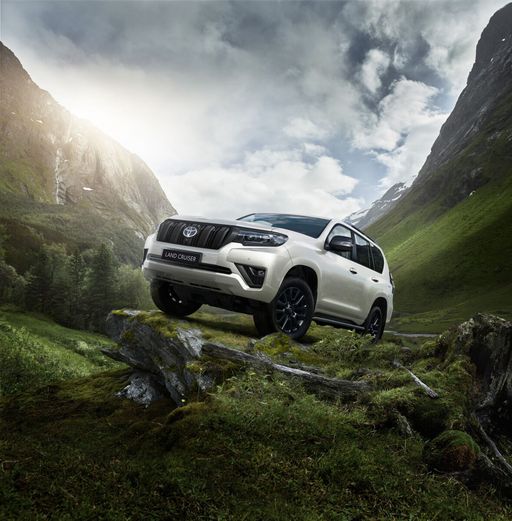 @ Toyota
@ Toyota
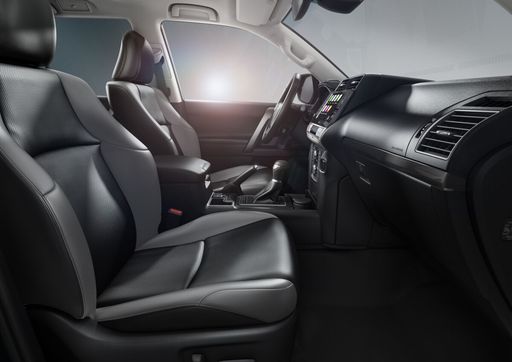 @ Toyota
@ Toyota
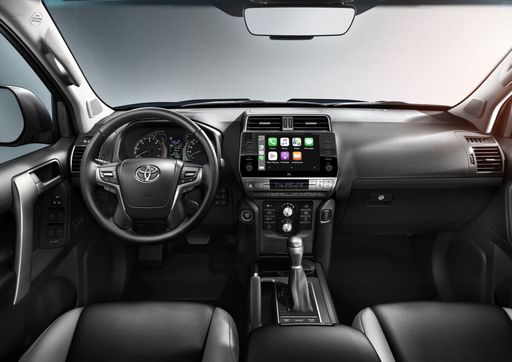 @ Toyota
@ Toyota

|

|
|
|
|
Costs and Consumption |
|
|---|---|
|
Price
53100 - 59900 £
|
Price
58300 - 78400 £
|
|
Consumption L/100km
-
|
Consumption L/100km
10.30 L
|
|
Consumption kWh/100km
17.8 - 18.7 kWh
|
Consumption kWh/100km
-
|
|
Electric Range
590 - 620 km
|
Electric Range
-
|
|
Battery Capacity
94 kWh
|
Battery Capacity
-
|
|
co2
0 g/km
|
co2
272 g/km
|
|
Fuel tank capacity
-
|
Fuel tank capacity
80 L
|
Dimensions and Body |
|
|---|---|
|
Body Type
SUV
|
Body Type
Off-Roader
|
|
Seats
5
|
Seats
5
|
|
Doors
5
|
Doors
5
|
|
Curb weight
2230 - 2355 kg
|
Curb weight
2410 - 2550 kg
|
|
Trunk capacity
526 L
|
Trunk capacity
130 - 742 L
|
|
Length
4840 mm
|
Length
4925 mm
|
|
Width
2008 mm
|
Width
1980 mm
|
|
Height
1534 mm
|
Height
1935 mm
|
|
Payload
455 kg
|
Payload
600 - 690 kg
|
Engine and Performance |
|
|---|---|
|
Engine Type
Electric
|
Engine Type
Diesel
|
|
Transmission
Automatic
|
Transmission
Automatic
|
|
Transmission Detail
-
|
Transmission Detail
Automatic Gearbox
|
|
Drive Type
All-Wheel Drive, Rear-Wheel Drive
|
Drive Type
All-Wheel Drive
|
|
Power HP
272 - 544 HP
|
Power HP
205 HP
|
|
Acceleration 0-100km/h
3.8 - 7.1 s
|
Acceleration 0-100km/h
-
|
|
Max Speed
200 km/h
|
Max Speed
170 km/h
|
|
Torque
343 - 686 Nm
|
Torque
500 Nm
|
|
Number of Cylinders
-
|
Number of Cylinders
4
|
|
Power kW
200 - 400 kW
|
Power kW
151 kW
|
|
Engine capacity
-
|
Engine capacity
2755 cm3
|
General |
|
|---|---|
|
Model Year
2024
|
Model Year
2024
|
|
CO2 Efficiency Class
A
|
CO2 Efficiency Class
G
|
|
Brand
Polestar
|
Brand
Toyota
|
Polestar 4
Introducing the Polestar 4: A New Era for Electric SUVs
The Polestar 4 marks a significant milestone in the realm of electric vehicles, epitomising cutting-edge technology and innovative design. This new player in the SUV market combines sustainability with high-performance capabilities, making it a desirable option for eco-conscious enthusiasts who refuse to compromise on power and luxury.
Impressive Power and Range
Under its sleek exterior, the Polestar 4 offers a choice between two powertrains. For those seeking maximum performance, the dual motor all-wheel drive configuration delivers an astounding 544 PS, propelling the vehicle from 0 to 100 km/h in a mere 3.8 seconds. Meanwhile, the rear-wheel-drive variant, equipped with a single motor, offers 272 PS and achieves 0 to 100 km/h in 7.1 seconds. Both versions boast impressive efficiency, with energy consumption figures of 17.8 to 18.7 kWh/100km, supporting a range of up to 620 km.
Advanced Battery and Charging Capabilities
Built on a robust 94 kWh battery, the Polestar 4 ensures extended travel without frequent charging stops. The advanced battery technology associated with this model not only offers longevity but also supports rapid charging times, making it convenient for long journeys and daily commutes alike. The electric SUV is a testament to Polestar's commitment to reducing environmental impact without sacrificing power.
Intelligent Design and Aerodynamics
With dimensions of 4840 mm in length, 2008 mm in width, and 1534 mm in height, the Polestar 4 is a spacious five-seater designed for comfort and functionality. The vehicle is meticulously crafted to optimise aerodynamics, reducing drag and enhancing efficiency. A generous boot capacity of 526 litres further adds to the practicality of this electric SUV, proving it is as versatile as it is stylish.
Innovative Interiors and Technology
Inside, the Polestar 4 boasts a minimalistic yet sophisticated cockpit, integrating cutting-edge technology with user-friendly features. The infotainment system is seamlessly designed to offer an intuitive user experience, providing drivers with easy access to navigation, entertainment, and vehicle diagnostics. Advanced safety features, powered by state-of-the-art software, ensure peace of mind for all occupants.
Commitment to Sustainability
Polestar continues to champion sustainability through its zero CO2 emissions target, offering the Polestar 4 with a CO2-efficiency class of A. The brand’s mission of promoting a greener future is embodied in this model, combining innovative materials and eco-friendly practices in its production processes.
Conclusion: A Glimpse into the Future of Driving
The Polestar 4 sets a new standard for what can be achieved in the world of electric SUVs. It is a perfect blend of luxury, performance, and sustainability, all packaged in a sleek and modern design. As we move towards a more electrified future, the Polestar 4 stands out as a beacon of what the automotive world can achieve when innovation meets ecological responsibility.
Toyota Land Cruiser
Introducing the Toyota Land Cruiser: A Legend Reinvented
The Toyota Land Cruiser is a name synonymous with reliability, durability, and off-road prowess. The latest iterations continue this legacy while incorporating cutting-edge technology and refined engineering to meet the demands of modern adventurers. Whether you're navigating rugged terrains or cruising city streets, the Land Cruiser promises an unparalleled driving experience.
Innovative Engineering and Powertrain
Under the bonnet, the Land Cruiser offers a 2.8-litre D-4D diesel engine, delivering an impressive 204 PS. This robust engine ensures a blend of power and efficiency, capable of handling any terrain with ease. Available in both manual and automatic transmissions, the vehicle caters to a wide range of driving preferences. With a torque ranging from 420 to 500 Nm, it provides enough grunt to tackle the most challenging conditions.
Performance and Efficiency
The Land Cruiser exhibits remarkable performance, accelerating from 0 to 100 km/h in just 9.9 seconds in select variants. Despite its formidable capabilities, the vehicle manages to maintain a commendable fuel consumption rate, ranging from 8.7 L/100km to 13.4 L/100km, depending on the configuration. The model achieves a maximum speed of 175 km/h, demonstrating its competence on both highways and off-road trails.
Design and Dimensions
Standing at a length between 4395 mm and 4920 mm, the Land Cruiser strikes a balance between robust stance and practical urban driving. Its width ranges from 1885 mm to 1980 mm, and it features a height between 1830 mm and 1870 mm. The SUV offers both three-door and five-door configurations, accommodating diverse lifestyle needs. Its spacious interior can be configured to seat between five to seven passengers, ensuring comfort on long journeys.
Off-Road Capability and Utility
Renowned for its off-road credentials, the Land Cruiser is equipped with a sophisticated all-wheel-drive system. It features a high ground clearance, allowing it to traverse uneven terrains without difficulty. The vehicle's payload capacity ranges from 495 kg to 770 kg, and its ample boot space — ranging from 104 L to 1151 L — caters to adventurous excursions as well as everyday practicalities.
Technological Features and Innovations
The latest Land Cruiser models are outfitted with advanced technological features designed to enhance both comfort and safety. From state-of-the-art infotainment systems to cutting-edge driver assistance technologies, this SUV ensures a connected and secure driving experience. With a range of trim levels available, including Executive and First Edition variants, the Land Cruiser offers a suite of luxury amenities tailored to discerning drivers.
Sustainability and Environmental Considerations
While the Land Cruiser is engineered for performance, Toyota also takes environmental impact into account. The models feature CO2 emissions ranging from 227 g/km to 288 g/km and a fuel efficiency rating classified under CO2-efficiency class G. These efforts reflect Toyota's commitment to reducing the environmental footprint of its vehicles while delivering unparalleled capability.
Conclusion: A Timeless Companion
The Toyota Land Cruiser remains an indomitable force in the world of four-wheel drives, combining enduring reliability with modern innovation. Whether it's exploring untamed wilderness or making a statement on urban roads, the Land Cruiser stands as a testament to Toyota’s engineering excellence. For adventurers seeking uncompromised performance and luxury, the Land Cruiser is poised to be a steadfast companion for years to come.
The prices and data displayed are estimates based on German list prices and may vary by country. This information is not legally binding.
